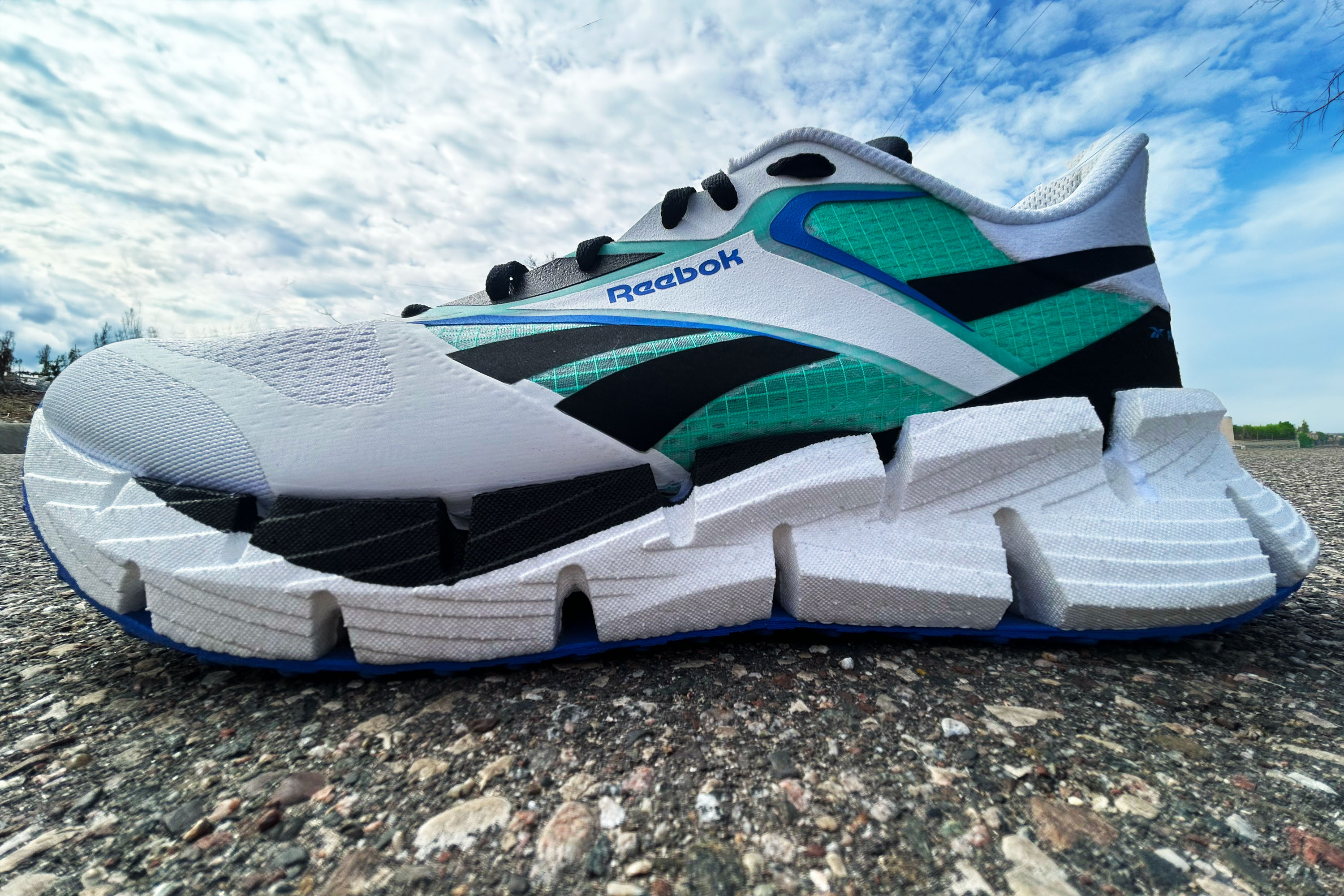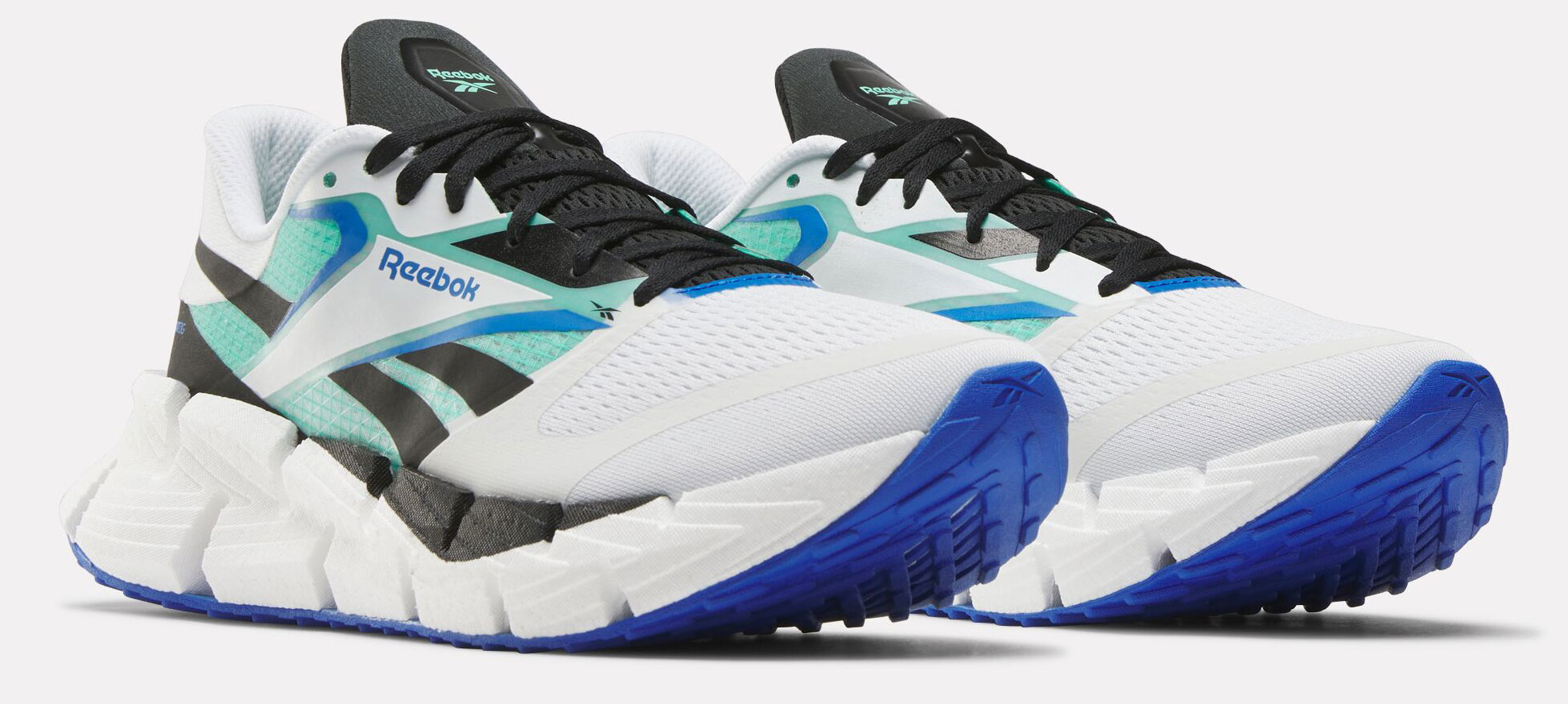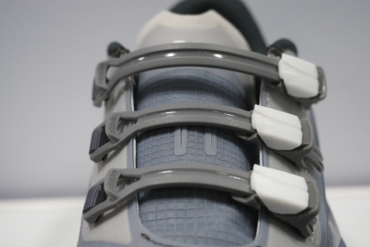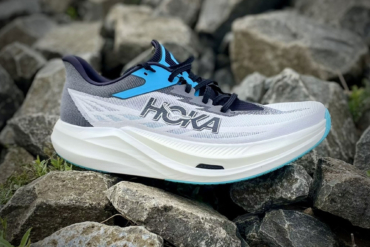Light snow drifted down, dusting streets and sidewalks that were unseasonably clear and dry. These were not the ideal testing conditions for Reebok’s debut shoe in the brand new FloatZig line — the FloatZig 1 has no weatherproof membrane and no special rubber to take on the elements.
But with the launch just a week away, I opted to log some miles and see what happened. After all, an extraordinarily mild Minnesota winter left the door open to test these three-season running shoes in the fourth season. I had 6 miles before me and hoped I wouldn’t meet any ice or puddles. But a dozen strides later, I didn’t care what lay ahead — these shoes felt like little trampolines on my feet!
When the run was finished, I knew the FloatZig merited a review. The FloatZig wasn’t the fastest shoe I’d run in, nor the most technically advanced. But it might just be the most fun.
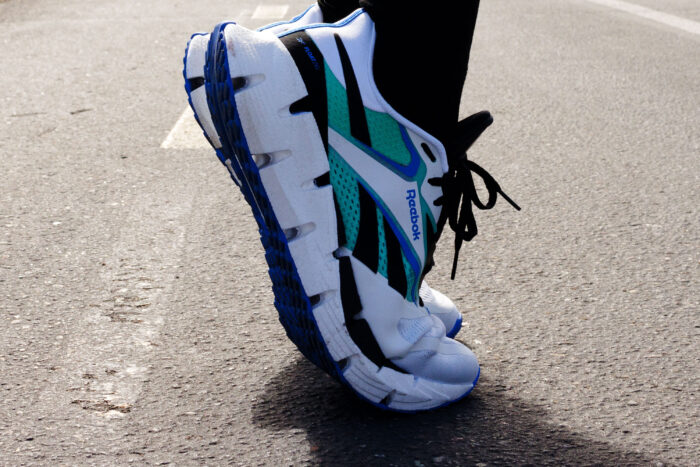
In short: In a saturated space where huge names like Reebok are often eschewed for more niche, technical brands, the FloatZig 1 earned a spot on my (massive) shoe rack. Delightful comfort underfoot and a surprising degree of rebound make for a shoe the soles of my feet loved. They may not burn down your PR, and I did notice one minor issue, but they literally put a little more spring in your step.
- Type: Road
- Drop: 6mm (31-25mm heel-toe)
- Weight: Verified 12 oz. (size 13) / Claimed 9.8 oz. (size 9)
- Upper: Mesh with reinforced midfoot panels
- Midsole: 'Floatride Energy' Foam; springy, plush
- MSRP: $130
Pros
- Springy energy return
- Highly breathable
- Lightweight but supportive
- Reflective hits
Cons
- Stiff heel/ankle foam may rub some feet
- Not weatherproof
Reebok FloatZig 1 Review
The very name of this shoe is a mashup of its key design cues. Reebok combined its “award-winning” Floatride Energy Foam with its Zig Tech midsole design. According to Reebok, Zig Tech works by dispersing energy forward in the shoe after the heel strike. The idea goes, this adds a little push to help move the runner forward.
This pairs with a plush-to-the-touch foam that offers a mix of cushion and bounce. All of this blends into a breathable mesh upper that’s soft in the toebox and stiffer at the midfoot — reinforced panels provide a degree of lateral stability.
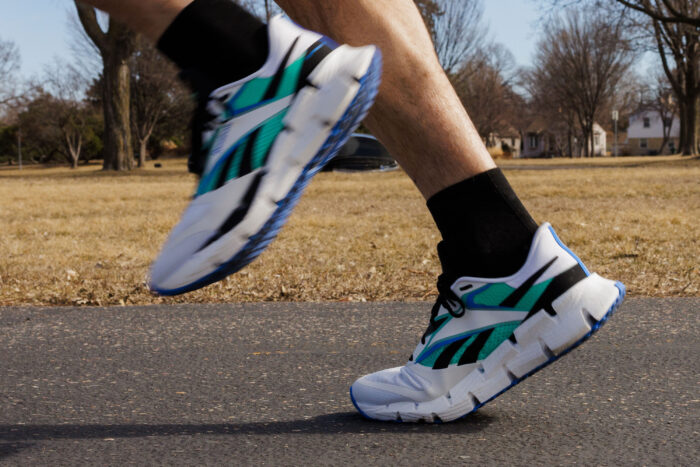
The FloatZig has a relatively thick foam tongue and a stiff, padded heel cup. It has a medium-aggressive 6mm drop (31-25mm heel-toe stack) and reflective hits around the forefoot and heel.
Overall, it’s not a groundbreaking design. But it’s comparable to tried-and-true running shoe designs. That said, the FloatZig is a shoe whose character and performance are greater than the sum of its parts.
Plush Cushion
From the outside, the FloatZig 1 might look like something from the On Running camp, but it feels a bit more like a Hoka. In fact, if I had to find a shoe that most closely resembles the FloatZig, I’d pick the Hoka Mach. The heel cups are very similar, as is the stack and posture of the shoe.
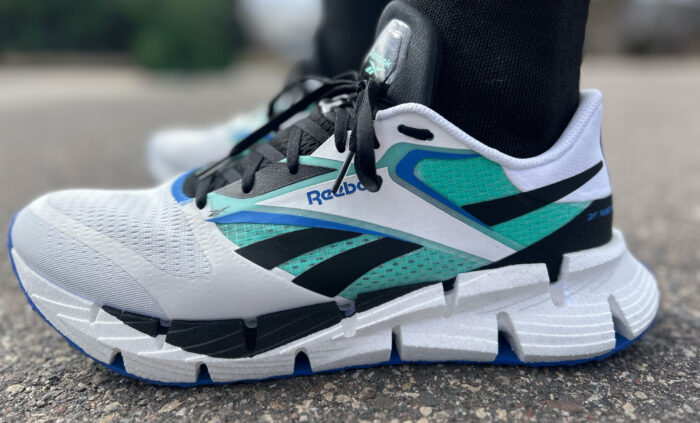
The FloatZig 1 has more stiffness in the midfoot with a tad less breathability. But, as the name suggests, the secret sauce in this shoe lay in the midsole. It’s tough to really quantify how much the Zig Tech design actually contributes to the sensation while running, but the Floatride foam is unmistakable.
Honestly, since the “maximal” running shoe revolution, I’ve begun to lose track of what is and is not considered max cushion. It seems even run-of-the-mill shoes these days have tremendous stack compared to, say, 20 years ago. To me, the FloatZig 1 does not look like a maximal running shoe, but boy, it sure feels like one!
Step Lively
The midsole is pillowy soft, so much so that you can press on it with your thumb and easily think of a marshmallow. But when running in the FloatZig 1, I didn’t feel “squish.” Instead, each cushioned footfall was quickly followed with a lively bounce.
The effect is such that my runs — typically 4 to 6 miles — felt a bit more spirited and springy. And at the end, I didn’t feel much calf or foot tightness as I would after runs in shoes with less cushion and rebound. Don’t get me wrong, I’m not saying you can go from couch to a half-marathon pain-free. But if you’re a casual or experienced runner, you will absolutely notice extra bounce in your stride.
Action, Reaction: The Downside
There is no perfect shoe. I hate to spoil the party, but Cinderella had it wrong. There’s no perfect fit, no perfect solution — and by god, what could be worse than walking on glass?!
With all the cushion and bounce the Float Zig 1 provides, it’s lacking in something else: feedback. While the shoe is delightfully comfortable, I wouldn’t make it my road-to-trail shoe. And even as a road-only shoe, I’m careful to keep my eyes on the path.
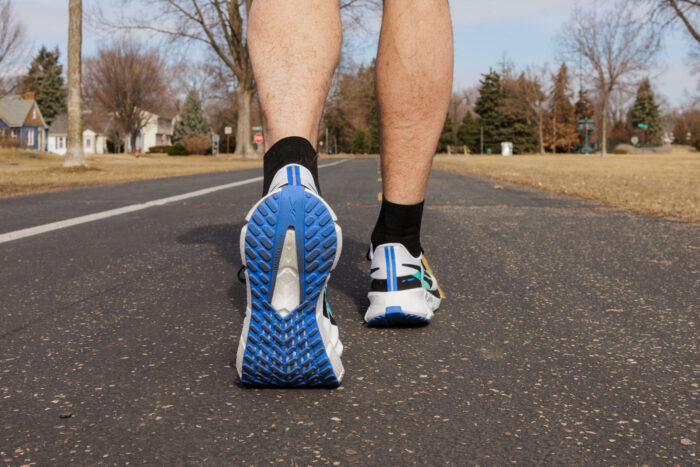
All you feel in this shoe is the cushion; you can’t perceive the subtlety in the terrain — cracks, slants, and other potential hazards. In other words, this shoe isn’t designed for precision; it’s meant for comfort with a kick — more Buick than BMW.
And one other issue I noticed was a potential hotspot. I experienced a rub on the outside of my ankle bone on my right shoe. This leads me to believe it’s more a product of asymmetry between my feet. The heel cup is padded but firm, so if there is a rub you will notice it.
That said, it’s been a minor issue, and one that has not prevented me from runs between 30 and 60 minutes.
Reebok FloatZig 1: Is It a Good Shoe?
After a couple of weeks of testing, I am pleasantly surprised with this new family of shoe. The FloatZig 1 is a shoe I’d reach for when I may not feel that stoked to go for a run. It adds zest and life to runs, and gives just the right amount of oomph to make the miles go by easier.
It’s not a quiver-killer by any means — more technical shoes will better tackle more technical runs. But as a road shoe for daily exercise and training, especially on mellow terrain, the FloatZig 1 adds plenty of fun and pep to your steps.
